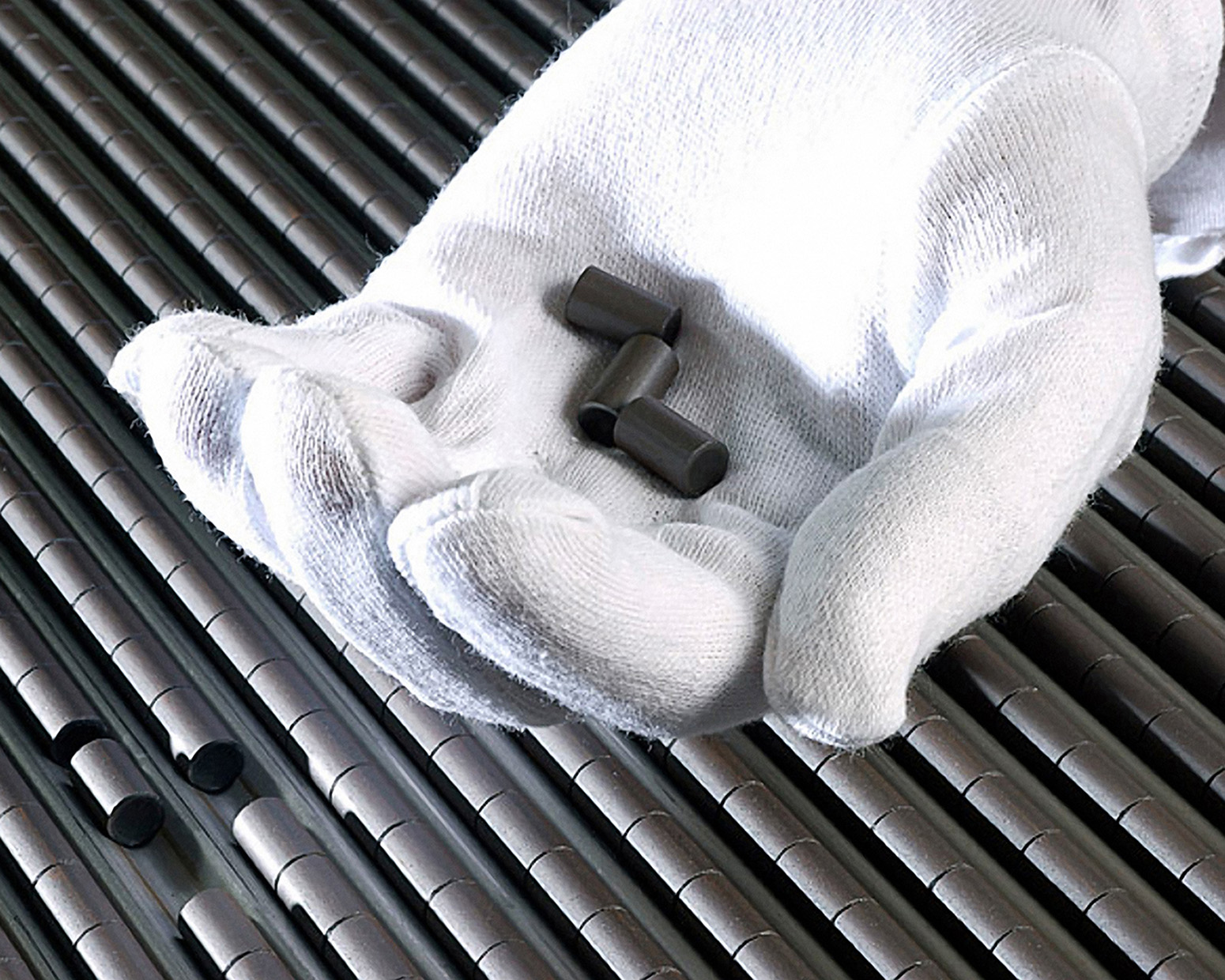Is New Mexico’s supervolcano truly sleeping? Experts take its pulse
Scientists studied 20 years of data

New Mexico’s Valles Caldera, one of only three U.S.-based supervolcanoes, is believed to be dormant but not extinct, even though the last eruption was 68,000 years ago. To find out what the future might hold, researchers from Los Alamos National Laboratory, University of New Mexico, University of Alaska Fairbanks and Georgia Technical Institute conducted the first series of assessments to quantify its activity state using modern geophysical tools.
Why this matters: Past eruptions of the Valles Caldera created much of the geography surrounding the Laboratory. Assessing if there is any current activity or changes near the magmatic system helps scientists better understand the potential for future volcanism and longer-term deformation of the magma chamber.
What they found: Using multiple datasets collected over 20 years, the researchers conclude that the Valles Caldera supervolcano is likely still in a dormant state.
How it works: Researchers used surface deformation, microseismicity (signs of weak earthquakes) and seismic velocity changes as tools to detect changes in the Valles Caldera.
- Combined, the datasets help assess whether the magmatic system within the Valles Caldera could still be active.
- Studies such as these enable scientists to better assess the potential for future volcanic activity and identify any sources of concern for the future.
Funding: This research was partially funded by the Los Alamos National Laboratory Nuclear Safety Office as part of the Los Alamos Seismic Hazards program.
LA-UR-25-24104





